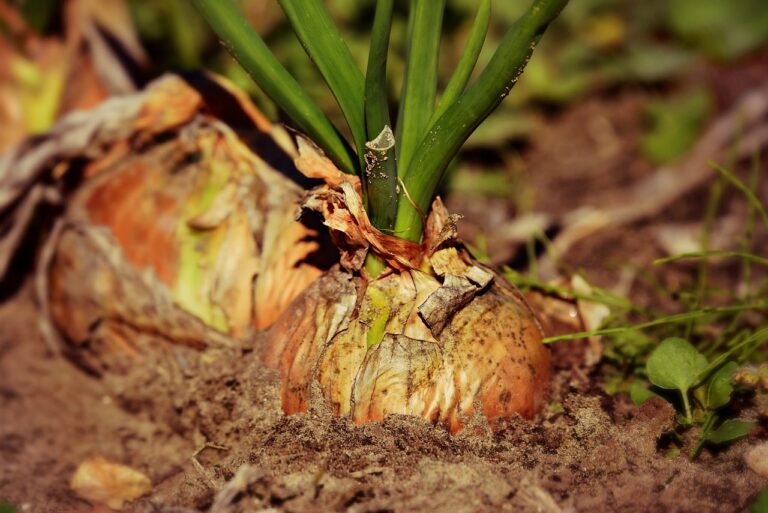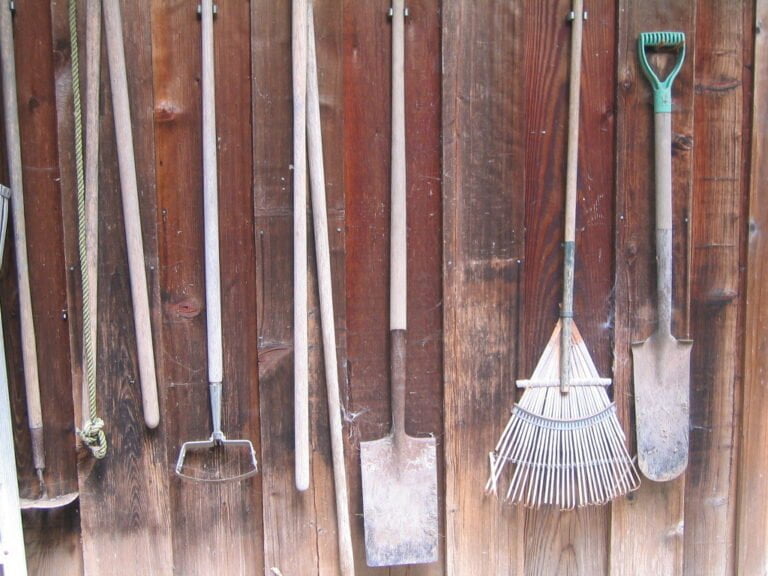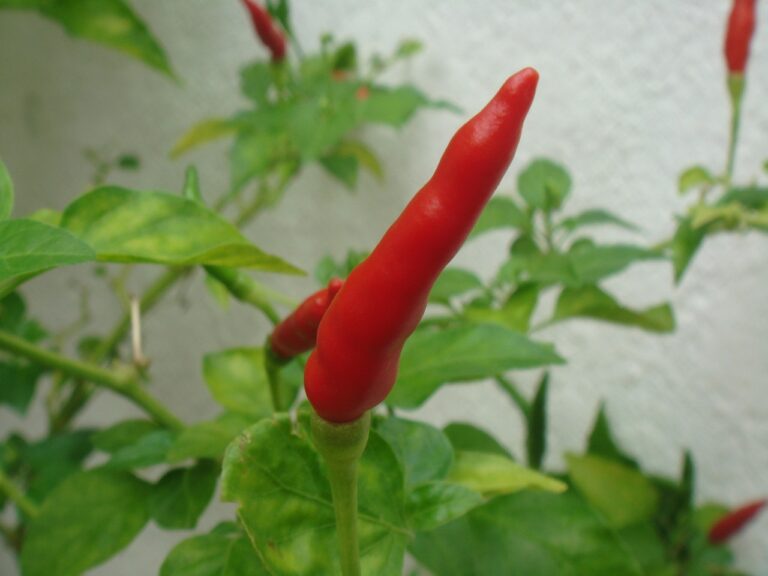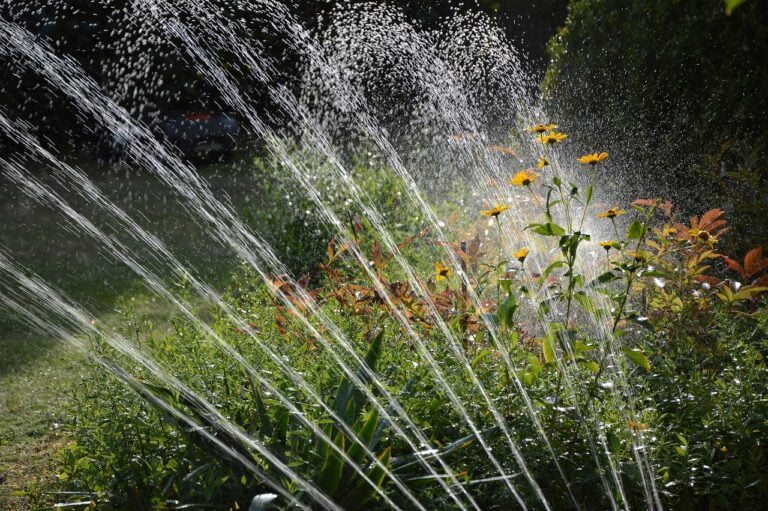A Comprehensive Guide to Planting Jalapeno Plants
When growing jalapeno plants, it’s essential to choose a sunny location with well-draining soil and enough space for each plant. Select the variety based on desired heat levels and consider starting from seeds indoors for more options. Keep the soil well-draining and rich in organic matter while aiming for a pH of 6.0 to 6.8. Consistent watering, proper fertilization, and adequate sunlight exposure ranging from 70 to 90 degrees Fahrenheit are important. Careful pest management and disease prevention strategies are critical for plant health. Remember, each plant is unique, and understanding its requirements is key to a successful harvest.
Planting Location and Preparation
When selecting a location for planting jalapeño plants, prioritize a sunny spot that receives 6-8 hours of full sun daily for best growth. Jalapeños thrive in warm climates and need ample sunlight to produce well. It is essential to make sure that the chosen spot has well-draining soil to prevent waterlogging, as jalapeño plants are susceptible to root rot. Incorporating organic matter into the soil can improve its structure and fertility, providing a good foundation for the plants to grow.
If you plan to grow jalapeños in containers, opt for larger pots, around 12-14 inches in diameter, to allow for proper root development and growth. The containers should have adequate drainage holes to prevent water from accumulating at the bottom, which could lead to root diseases. When planting jalapeños in the ground, it is recommended to wait until after the threat of frost has passed in the spring. Cooler temperatures can stunt the growth of jalapeño plants, so planting them once the weather warms up will promote healthy growth.
Spacing is also critical when planting jalapeño plants. Make sure to space them 18-24 inches apart to provide ample room for each plant to mature fully. Proper spacing allows for good air circulation, reducing the risk of fungal diseases and ensuring that each plant receives adequate sunlight and nutrients for best growth.
Choosing Jalapeno Varieties
I will investigate the essential aspects of selecting jalapeño varieties for best growth and flavor. Understanding the varying heat levels, fruit characteristics, and growth requirements of different jalapeño varieties is vital for successful cultivation. Let’s explore the spicy flavor profiles, growth requirements, and best planting season suggestions to help you choose the perfect jalapeño varieties for your garden.
Spicy Flavor Profiles
Selecting from a range of jalapeño varieties allows for customization of heat levels and flavor profiles to suit individual taste preferences. When choosing jalapeños, consider the following:
- Scoville Heat Units: Jalapeños typically range from 2,500 to 5,000 SHU, providing a moderate level of heat suitable for many dishes.
- Heat Levels: Different jalapeño varieties offer varying levels of spiciness, allowing for options from mild to hot.
- Red Jalapeños: These are hotter and sweeter than green jalapeños due to increased ripeness, adding a unique flavor dimension.
- Purple Jalapeño: Varieties like the Purple Jalapeño not only bring color diversity but also maintain the classic jalapeño taste, enhancing visual appeal in dishes.
Growth Requirements
To ensure successful growth of jalapeño plants, it is essential to carefully consider the specific requirements of different varieties regarding heat levels, size, and adaptability to your gardening environment. When selecting jalapeño varieties, take into account the Scoville units, ranging from 2,500 to 5,000, to suit your preference for spiciness. Additionally, consider factors such as plant size, fruit color, and flavor profile to choose the right variety for your needs. Some jalapeño plants are more suitable for hot climates and container gardening, while others may thrive better in garden beds. It is important to match the jalapeño variety to your climate for successful growth and fruit production, ensuring a successful and bountiful harvest.
Planting Season Suggestions
Considering the best planting season for jalapeño varieties is essential to ensuring successful growth and bountiful harvests. When selecting jalapeño plants, keep in mind the climate suitability and desired heat level, typically ranging from 2,500 to 5,000 Scoville units. Here are some essential tips for planting jalapeños:
- Start jalapeño seeds indoors 8-10 weeks before the last spring frost for an early start.
- Opt for healthy transplants if you prefer not to begin from seed.
- Harden off jalapeño plants before transplanting to help them adjust to outdoor conditions.
- Use black plastic mulch in colder regions to warm the soil and encourage the best growth.
Carefully choosing the right planting season and variety will set the stage for a successful jalapeño harvest.
Starting From Seeds or Transplants
I typically kickstart my jalapeño plants by germinating seeds indoors about 8-10 weeks before the final spring frost hits. Starting from seeds offers a hands-on approach to the early stages of plant development and opens up a wider range of jalapeño varieties to choose from. Using a seed-starting mix, I sow the jalapeño seeds about 1/4 inch deep to promote proper germination and guarantee robust seedling growth.
For those who prefer a quicker start to the growing season, transplants are a convenient option. These ready-to-go plants can be purchased from nurseries or started indoors and then transplanted outdoors once temperatures consistently reach 70-75°F (21-24°C). This shift should occur after the danger of frost has passed to facilitate successful acclimatization to the outdoor environment.
Transplants provide a head start in the growing process, but starting from seeds allows for more control over the plant’s early stages. Whether you opt for seeds or transplants, both methods can lead to a bountiful jalapeño harvest with proper care and attention during the planting and growing phases.
Soil Requirements and Preparation
When growing jalapeño plants, it is important to guarantee the soil is well-draining and rich in organic matter for peak growth and productivity.
- Vital Soil: Jalapeño plants thrive in soil that allows excess water to drain away promptly, preventing waterlogging that can lead to root rot.
- Abundant in Organic Matter: Organic matter such as compost or aged manure enhances soil fertility, providing essential nutrients for robust jalapeño plant growth.
- Ideal pH Levels: Maintaining a soil pH between 6.0 and 6.8 creates a suitable environment for jalapeño plants to absorb nutrients efficiently.
- Proper Soil Preparation: Sufficient soil preparation, including tilling and incorporating organic amendments, is essential for promoting optimal root development and nutrient absorption in jalapeño plants.
To prepare the soil for jalapeño plants, start by testing the pH levels and amending the soil if necessary to achieve the ideal range. Incorporate organic matter like compost or aged manure to improve soil fertility and structure. Ensure the soil is loose and well-aerated to facilitate root growth and nutrient uptake. Sandy loam or loamy soil types are well-suited for jalapeño plant cultivation, providing a balance of drainage and moisture retention. By focusing on soil quality and preparation, you can set the foundation for healthy jalapeño plants with vigorous growth and abundant yields.
Watering and Fertilizing Guidelines
To guarantee ideal growth and health of jalapeño plants, it is essential to adhere to correct watering and fertilizing guidelines. Jalapeño plants require consistent watering, typically 1-2 inches of water per week, to ensure prime growth. It is vital to water them in the morning to prevent foliar diseases that can arise from wet foliage. Drip irrigation systems are highly recommended for jalapeño plants as they provide efficient and targeted watering, reducing water wastage and minimizing the risk of overwatering.
In addition to proper watering, fertilizing jalapeño plants is essential for their health and productivity. Regularly fertilize the plants with a balanced vegetable garden fertilizer to ensure they receive necessary nutrients for prime growth. Take care to weed around jalapeño plants diligently to minimize competition for water and nutrients, promoting their overall health. Proper weed control also helps in preventing pests and diseases that can affect the plants.
Sunlight and Temperature Needs
Exposure to a minimum of 6 hours of full sun daily is essential for ideal growth and development of jalapeño plants. Ensuring that your jalapeño plants receive adequate sunlight is critical for their overall health and productivity. Here are some key points to take into account regarding the sunlight and temperature needs of jalapeño plants:
- Optimal Sunlight Exposure: Jalapeño plants require at least 6 hours of full sun each day to thrive. Full sun exposure is necessary for the plants to photosynthesize efficiently and produce healthy fruits.
- Temperature Range: Jalapeño plants prefer temperatures between 70 to 90 degrees Fahrenheit (21 to 32 degrees Celsius). Maintaining temperatures within this range is essential for the plants to grow vigorously and set fruit successfully.
- Impact of Sunlight on Growth: Insufficient sunlight can lead to stunted growth and poor fruit production in jalapeños. Adequate sunlight ensures that the plants can photosynthesize effectively, resulting in robust growth and abundant yields.
- Importance of Adequate Sunlight: Sunlight is a critical factor in the successful cultivation of jalapeño plants. Providing your plants with enough sunlight, along with the right temperatures, will promote their overall health and vigor, ultimately leading to a bountiful harvest.
Pests and Disease Management
In managing pests and diseases in jalapeño plants, it is important to employ effective prevention strategies. Utilizing yellow sticky traps can aid in monitoring and controlling common pests like aphids and thrips, while encouraging beneficial predators such as ladybugs can naturally regulate pest populations. Additionally, practicing crop rotation and avoiding overhead watering can help reduce the risk of diseases like bacterial leaf spot and anthracnose, promoting overall plant health and productivity.
Pest Prevention Strategies
When it comes to managing pests and diseases in jalapeño plants, implementing effective prevention strategies is key to ensuring healthy growth and abundant harvests. Here are some practical steps to prevent pest issues:
- Implement Crop Rotation: Rotate jalapeño plants with other crops to disrupt pest life cycles in the soil.
- Use Row Covers: Shield plants with row covers to deter common pests like aphids and flea beetles.
- Introduce Beneficial Insects: Invite beneficial insects such as ladybugs and lacewings to naturally control pest populations.
- Monitor Plants: Regularly inspect plants for early signs of pests like spider mites and thrips for prompt intervention.
Disease Control Methods
To effectively manage pests and diseases in jalapeño plants, implementing proactive disease control methods is essential for maintaining plant health and productivity. Utilize yellow sticky traps to monitor and control pests such as aphids and whiteflies. For organic pest control, consider using neem oil or insecticidal soap. Pruning affected leaves is vital for managing diseases like bacterial leaf spot and anthracnose. Rotate crops yearly to prevent soil-borne diseases from affecting jalapeño plants. Additionally, apply copper fungicides preventatively to combat common fungal diseases that can impact the health of your jalapeño plants. By incorporating these disease control methods into your jalapeño plant care routine, you can help guarantee a healthy and thriving crop.






